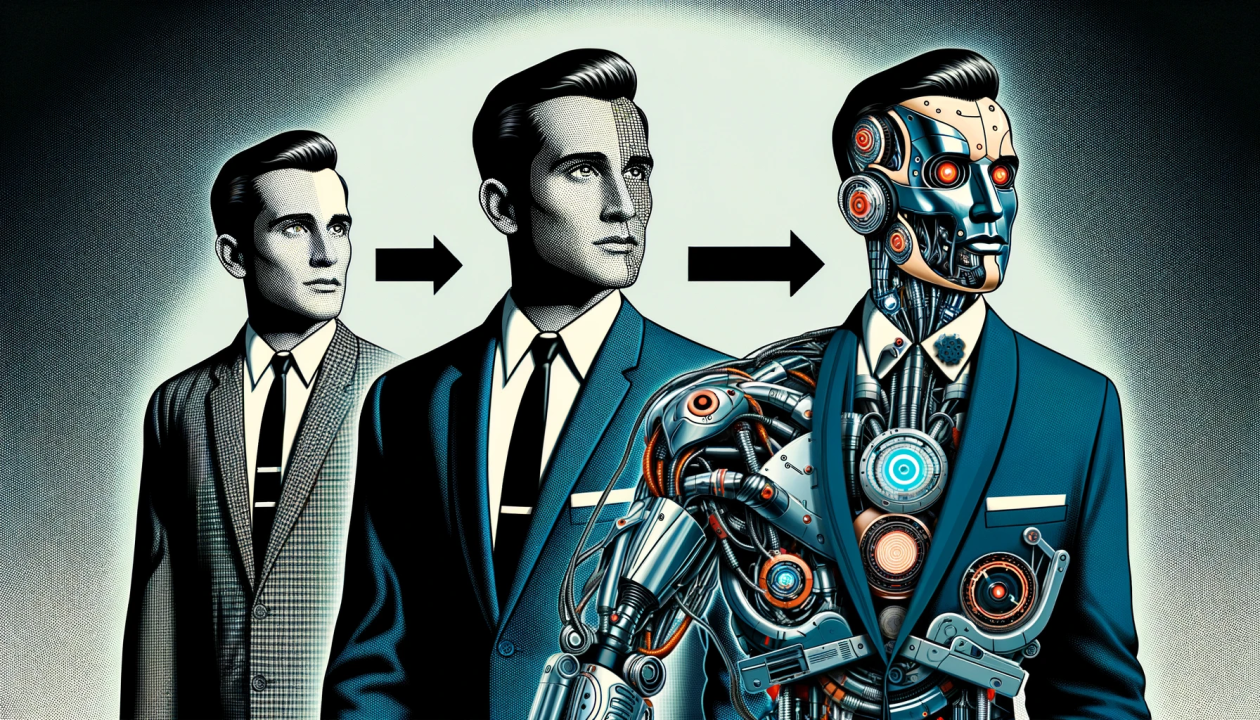The advertising industry is experiencing a transformative era fueled by technological advancements, shifting consumer expectations, and evolving client demands. Traditional agency models are struggling to keep up, and leaders must reimagine how agencies operate to stay relevant in this fast-changing landscape. We’ll explore the major challenges facing advertising agencies today, envision what the agency of the future might look like, and examine why independent agencies often outperform large conglomerates.
The Challenges Facing Marketing Agencies Today
One of the most significant disruptors in the advertising world is the rise of artificial intelligence (AI). Generative AI tools are now capable of handling tasks once reserved for human creatives, such as writing ad copy, designing visuals, and even producing videos. While AI offers tremendous potential to improve efficiency and innovation, it also raises concerns about job displacement and the diminishing human touch in advertising. Agencies must find ways to integrate AI effectively without losing their creative edge.
Adding to the technological disruption is the increasing focus on data privacy. Regulations such as the General Data Protection Regulation (GDPR) and the demise of third-party cookies are forcing agencies to rethink how they collect and use consumer data. In this new reality, agencies must prioritize first-party data collection, build trust with consumers, and adopt transparent practices to thrive.
Top Five Challenges Facing Agencies:
Technological Disruption and AI Integration
Data Privacy Regulations and the Demise of Third-Party Cookies
Evolving Client Expectations and In-House Capabilities
Market Saturation and Differentiation
Financial Pressures and Consolidation
Clients’ expectations have also shifted dramatically. Many brands are building in-house marketing teams to exert greater control over their campaigns. This has created a challenging environment for traditional agencies, which now need to offer specialized, high-value services that in-house teams cannot replicate. Agencies must position themselves as experts and collaborators, integrating seamlessly with clients’ internal teams while demonstrating unique capabilities.
The market itself has become increasingly crowded, with a proliferation of small, independent agencies competing for attention. Differentiating in this saturated market has proven difficult, especially as clients demand innovative solutions tailored to their specific needs. Compounding this challenge are financial pressures and the trend toward consolidation, as seen in recent mergers between major players like Omnicom and Interpublic Group. While these mergers aim to achieve economies of scale and better technology investment, they can also lead to job cuts and cultural misalignment.
Why Independent Agencies Have the Edge Over Conglomerates
Despite the dominance of large holding companies in the advertising space, independent agencies are often better positioned to navigate today’s challenges. Independence allows these agencies to remain agile and innovative, unencumbered by the bureaucratic processes and shareholder pressures that conglomerates face. Independent agencies are typically closer to their clients, offering personalized service and cultivating long-term relationships based on trust and collaboration.
Unlike large agencies that often juggle competing priorities among a vast client portfolio, independent agencies caocus deeply on fewer clients, delivering tailored strategies and bespoke creative solutions. They are also less likely to face conflicts of interest, which can arise when large agencies work with competing brands within the same sector. Moreover, the flexibility of independent agencies enables them to quickly adapt to new trends, technologies, and client needs, ensuring they remain relevant in an ever-changing landscape.
The culture within independent agencies is another key differentiator. Without the rigid hierarchies and corporate constraints of conglomerates, independent shops often foster a more entrepreneurial and innovative environment. This attracts top talent who are seeking creative freedom and a chance to make a meaningful impact. In contrast, employees at large holding companies may feel like cogs in a machine, leading to lower engagement and higher turnover.
Envisioning the Agency Model of the Future
To thrive in the future, advertising agencies will need to embrace new ways of working. One promising model is the “Hollywood studio” approach, where agencies build customized teams for each project, drawing on a network of specialized freelancers and collaborators. This decentralized structure provides the flexibility to scale resources up or down as needed, ensuring that agencies can deliver top-quality work without the overhead costs of maintaining large, full-time teams.
AI will also play a central role in the agency of the future. Rather than replacing human creativity, AI will complement it, handling routine tasks like data analysis and enabling creatives to focus on strategic thinking and innovation. By integrating AI tools into their workflows, agencies can achieve greater efficiency while producing more impactful campaigns.
First-party data will become a cornerstone of successful advertising. Agencies must build strong relationships with consumers, offering value in exchange for data and maintaining transparency about how it is used. This focus on trust and accountability will be essential in an era of heightened data privacy concerns.
Top Five Characteristics of the New Agency Model
Flexible and Decentralized Structures
Integration of AI and Human Creativity
Emphasis on First-Party Data and Consumer Trust
Specialization and Value-Driven Services
Collaborative Partnerships and Ecosystems
Specialization will be another defining characteristic of future agencies. Rather than trying to be everything to everyone, successful agencies will carve out niches, offering expertise in emerging technologies, unique markets, or innovative creative approaches. This focus will not only differentiate them in a crowded market but also ensure they deliver unmatched value to their clients.
Collaboration will also be key. Future agencies will operate within ecosystems that include technology providers, freelancers, and even other agencies. By leveraging these partnerships, agencies can access a broader range of skills and resources, enabling them to deliver comprehensive, innovative solutions. Agility and speed will also become non-negotiable. Agencies will streamline their processes and empower teams to make decisions quickly, allowing them to respond to client needs and market changes in real time.
Finally, ethical practices and social responsibility will take center stage. As consumers become more socially conscious, agencies will need to prioritize diversity and inclusion, truthful advertising, and environmentally sustainable practices. This focus on ethics will not only build trust with consumers but also strengthen relationships with socially conscious clients.
The advertising agency of the future will be a dynamic, technology-driven entity that seamlessly blends human creativity with artificial intelligence. By adopting flexible structures, prioritizing trust and transparency, and delivering specialized, high-value services, agencies can overcome today’s challenges and position themselves for long-term success. Independent agencies, in particular, have a unique opportunity to lead this transformation, thanks to their agility, client-focused approach, and culture of innovation. As the industry continues to evolve, the agencies that embrace change and reimagine their roles will not just survive—they will thrive.




